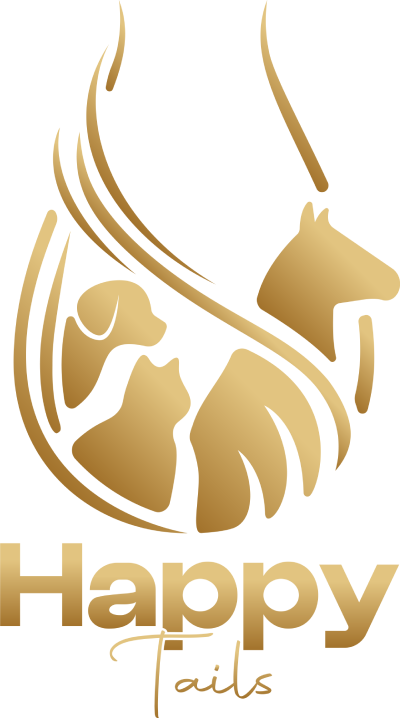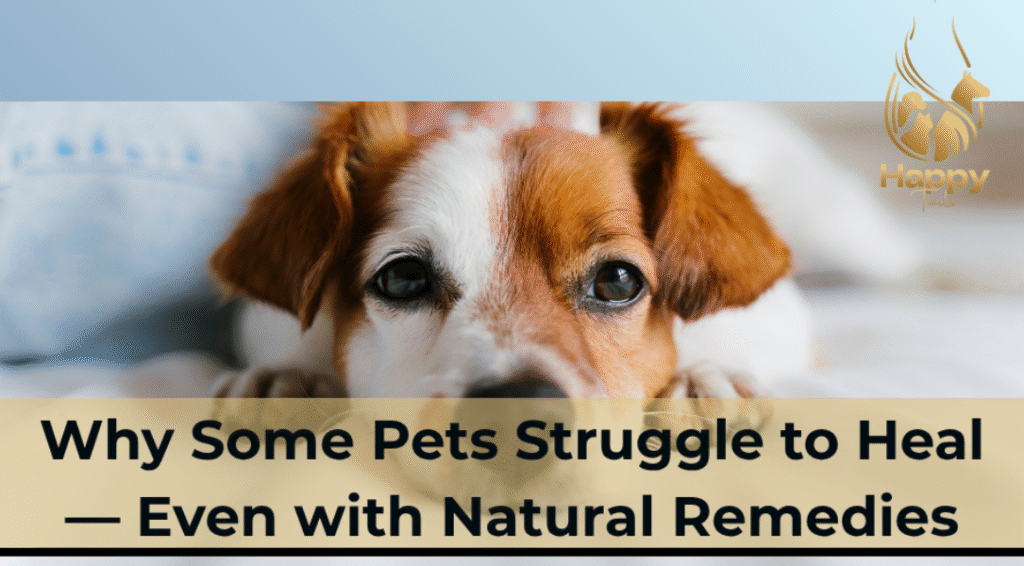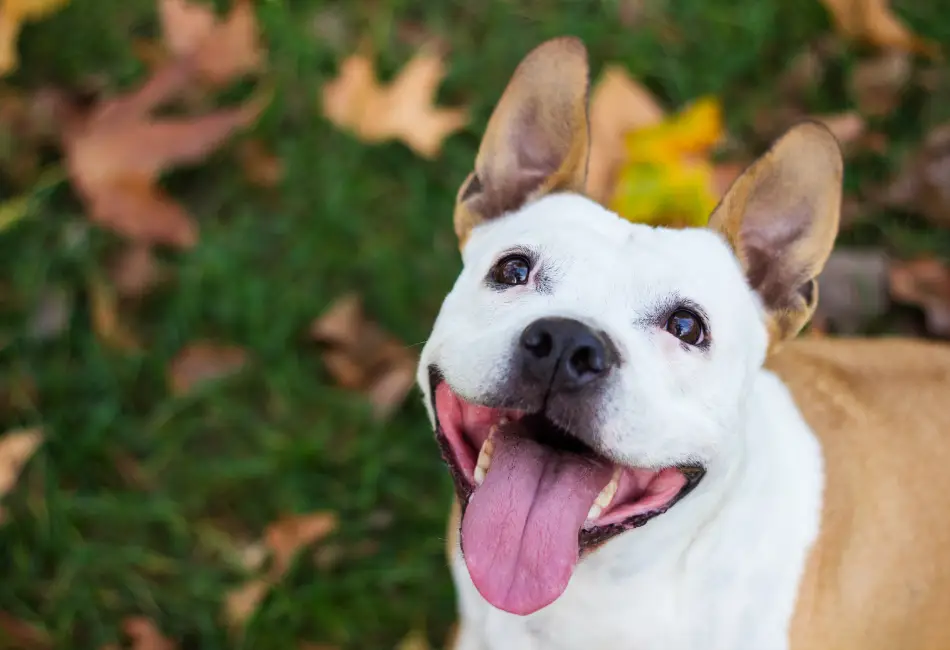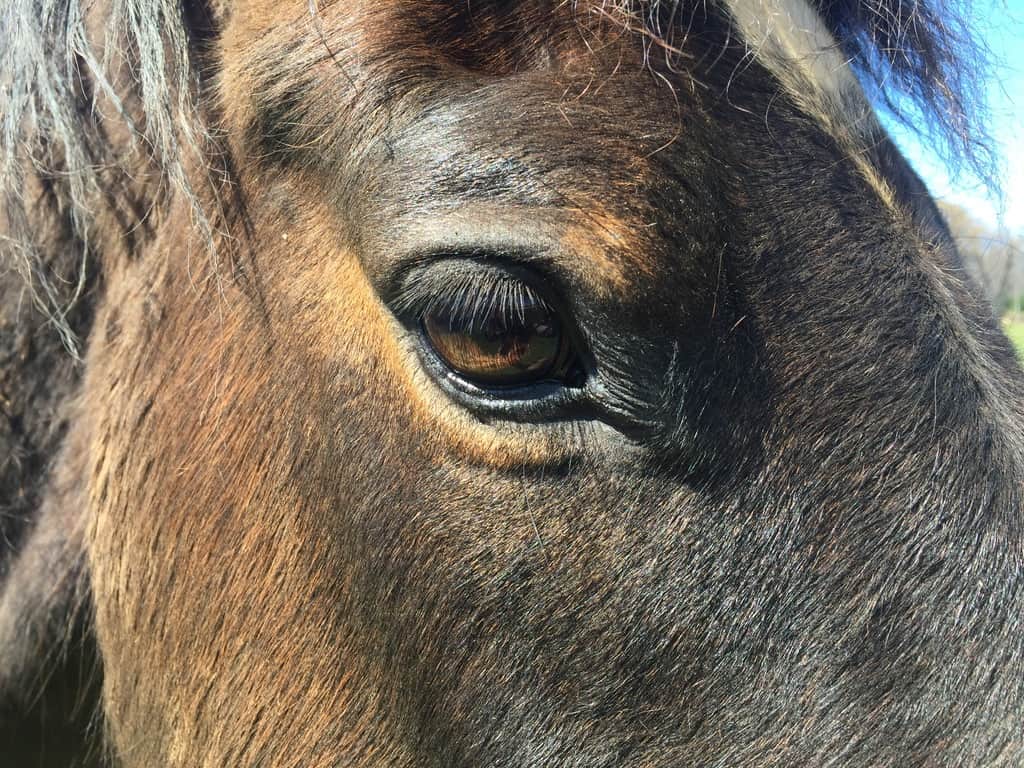What We Mean by “Natural Healing” for Pets — and Why It Sometimes Fails When we talk about natural or holistic healing for pets—whether dogs, cats or horses—we’re referring to therapies that support the body’s own healing intelligence rather than relying solely on pharmaceuticals or conventional interventions. These can include massage, acupuncture, acupressure, water or Read More
Category: Horses
The Real Cost of Chronic Itch, Anxiety, and Imbalance in Pets — and Why Natural Remedies Work Better (and Cost Less)
Chronic vet visits add up fast. Discover the real cost of chronic pet issues—and how natural remedies for itchy, anxious pets restore balance and save you money long-term.
The Real Cost of Chronic Itch, Anxiety, and Imbalance in Pets — and Why Natural Remedies Work Better (and Cost Less)
Chronic vet visits add up fast. Discover the real cost of chronic pet issues—and how natural remedies for itchy, anxious pets restore balance and save you money long-term.
How Pets Act as Mirrors for Our Inner World
Animals do more than love us—they reflect our emotions and energy. Discover how animals mirror our energy and guide our healing, growth, and awareness.
Natural Horsemanship Beyond The Arena
In what is termed Natural Horsemanship every serious and devoted student of this discipline understands just how intuitive their horse is. They understand that a simple thought or gesture in the direction you want your horse to go, is initiated by the horse in the degree of strength of that intention. Similarly, when we want Read More
How Long Do Horses Live In A Domestic Environment?
How long do horses live? This is a great question. I think it depends on what angle we decide to take to decipher the answer. If we look at history we’ll find many accounts of an older horse living anywhere of up to almost 60 years of age. If we look at genetics and predisposition Read More
Healthy As A Horse, It’s Not Just A Saying
Horses, to all outside appearances, generally look healthy, hence the saying, “Healthy As A Horse.” They are big strong creatures and would seem to be immune to complexities. A savvy horse owner knows just how important health is to a horse’s performance. But horses aren’t just their performance. They, like us, are susceptible to injuries, Read More






